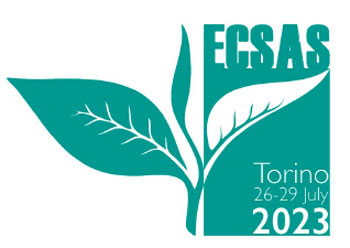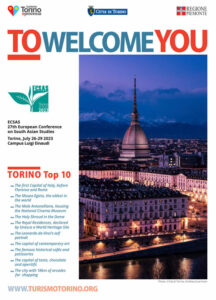Presenter
Isaka Riho - University of Tokyo, Tokyo, JapanPanel
29 – Travelling stories, bodies and genres and the making of communitiesAbstract
The aim of this paper is to examine how certain stories of ‘martyrs’ emerged during the political movements in Ahmedabad in the 1940s and 50s and how these stories were retold in different forms in the following periods. The paper demonstrates the ways in which these stories of martyrdom continued to be reconstructed by various social and political forces in Gujarat until today, and how different meanings were attached to the stories in different contexts. I will mainly focus on the following three stories of martyrs in Ahmedabad: (1) the story of a college student named Vinod Kinariwala who was shot dead by the police during the Quit India movement in 1942; (2) the story of two young men, one Hindu and one Muslim, who were both killed during the communal riots in 1946; (3) the story of the students who were shot dead by the police in 1956 during the Maha Gujarat movement. I will examine how each of these stories was told and retold by different speakers and writers in their times and afterward, and analyse the contexts in which the stories were presented. These stories of martyrdom were often intertwined with each other and were incorporated into certain ideas of the nation, region, and communities that the narrators tried to demonstrate. The paper further looks at the memorialisation of these martyrs in public spaces and how the sites of the memorials were incorporated into the stories of martyrs even as new stories were also created around the memorials themselves.


